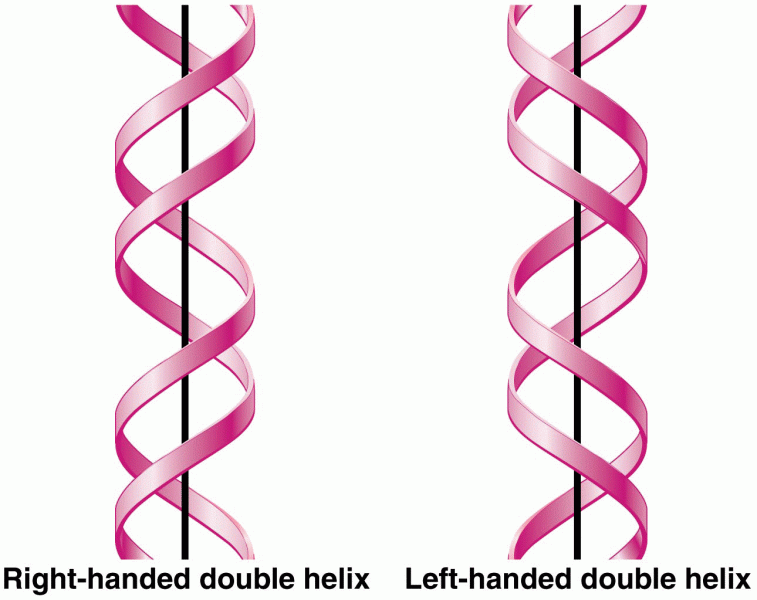|
|
|
The Romans did not use numerals to indicate fractions but instead used words to indicate parts of a whole.
The first successful kidney transplant was performed in 1954 and occurred in Boston. A kidney from an identical twin was transplanted into his dying brother's body and was not rejected because it did not appear foreign to his body.
The FDA recognizes 118 routes of administration.
Aspirin is the most widely used drug in the world. It has even been recognized as such by the Guinness Book of World Records.
Anesthesia awareness is a potentially disturbing adverse effect wherein patients who have been paralyzed with muscle relaxants may awaken. They may be aware of their surroundings but unable to communicate or move. Neurologic monitoring equipment that helps to more closely check the patient's anesthesia stages is now available to avoid the occurrence of anesthesia awareness.







